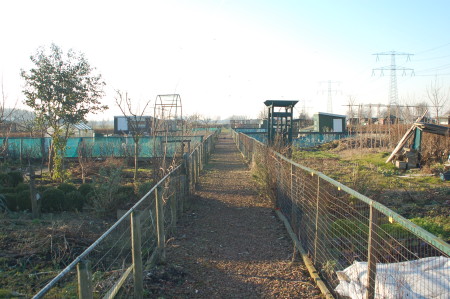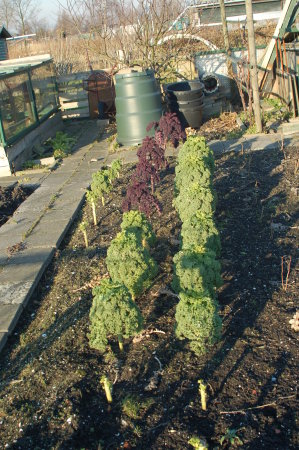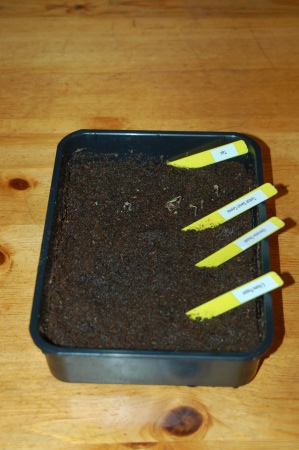From Stephen Fox regarding Hawaii Aspartame Ban.
Hawaii Lawmakers’ Plan to Ban Aspartame: Update
Dr. Josh Green and his Health Committee ‘Defer’ the Bill, Thus Killing the Bill for this Session
By Stephen Fox
Rather than bring this House bill to ban aspartame to a vote in his Health Committee in the Hawaii House, which is what he said he would do only last Friday in the prior meeting of his committee, Chairman Josh Green M.D. today, Wednesday, “deferred at the discretion of the Chair” the bill carried by Rep. Mele Carroll to ban Aspartame. This shoots that particular bill down for this session. There still is a Senate Bill, but with more than 3,000 bills to consider, the Senate Bill to ban aspartame has yet to be scheduled for its hearing.
So much for consumer protection in Hawaii House. It didn’t even come to a vote in the committee, but a few members spoke seriously of putting together a Resolution for this session in Honolulu. Resolutions have no legal “teeth” in them, but they could be strong, as strong as the legislators themselves, like directly asking the FDA Commissioner to rescind the approval of Aspartame immediately, or at least to improve the accuracy of the labeling, and even to ask the Department of Health in Hawaii to take in complaints of patients and families of those who have actually died from aspartame/methanol/diketopiperazine poisoning, and then report back to the Legislature next year.
By then, of course, President Obama will have appointed a new FDA Commissioner, so those who feel strongly should be writing to him and the chap from Arizona, Mr.McCain. Consumer protection should be part of the agenda and choices in the 2008 Presidential Debates.
If the Resolution crafted by the Hawaii Representatives only asks the usual kind of thing, for the Department of Health to “review the literature,” or some other such pusillanimous mousey feeble intention, this would be a waste of Legislative time and paper, since the Department of Health Director, Dr. Fukino, has already indicated that she is completely in accordance with the phoney FDA approval for aspartame.
Besides, the medical testimony and letters sent to the House Health Committee members include all but tone of the top medical experts in the world on the subject of aspartame’s neurodegenerative effects. To me, it seems that the Hawaii DOH is not willing nor capable of doing much more than pulling down corporate-sponsored aspartame information from their corporate websites, which will tell you that this deadly poison is as “harmless as mother’s milk” or “just like salt and pepper,” the kind of jive the corporate lobbyists spout to legislators when their boards of directors begin to get a little worried.
All that will happen really is that more people in Hawaii will drink or consume aspartame and get migraines, brain tumors, Multiple Sclerosis, worse cases of diabetes than were ever imaginable, etc., and Hawaii will just observe an increase the death-by- aspartame body count; a real resolution would set up a repository for victim testimony all year round.
So far, only a few legislators in Hawaii or New Mexico or even Washington D.C. have given these neurotoxic carcinogenic poison manufacturers anything to worry about at all, since most of the legislators don’t seem too worried about anything either (what’s a little neurotoxic carcinogen too worry about, anyway?) or very ambitious about consumer protection ideals in the first place.
I had respectful and sincere high hopes for Dr. Green’s abilities for recognizing the medical realities of this neurotoxin’s effects, since it is found in 7000 food products and even in hundreds of children’s medications, despite it turning into methanol and formaldehyde in the child’s or the adult’s stomach and liver.
Thus, my faith in his medical degree and the fact that he is the only physician in the Legislature were perhaps misplaced. We will see what the Resolution has to say. In the meantime, my advice to Hawaiians: please protect yourself and your family and quit drinking and consuming products that contain aspartame, even though the manufacturers in Japan, the Board of Directors of Ajinomoto (world’s largest manufacturer of both Aspartame and another neurotoxic food additive, MSG), the Coca Cola distributors, the Wrigley’s Gum Board of Directors, and the people poisoning themselves with more diet sodas, are most certainly very happy and grateful with the work today by Josh Green, M.D., Chairman of the Hawaii House Health Committee.
Maybe someday this will dawn on him and the rest of the committee, but for the past, present and near future victims of aspartame poisoning in Hawaii, it will be too late.
Mahalo for sharing so many victims’ stories and physicians’ letters; I particularly appreciate New Mexico Senator Gerald Ortiz y Pino writing to the legislators to ask them to move this bill forward, and to not capitulate to corporate lobbyists from Ajinomoto and Coca Cola; I appreciate your help immensely.
All of our efforts will save lives in Hawaii, and, like leaded gas, DDT, and asbestos, the grim truth about aspartame will someday be known by all!
Stephen Fox
Managing Editor of the Santa Fe Sun News
Founder of New Millennium Fine Art
505 983-2002





